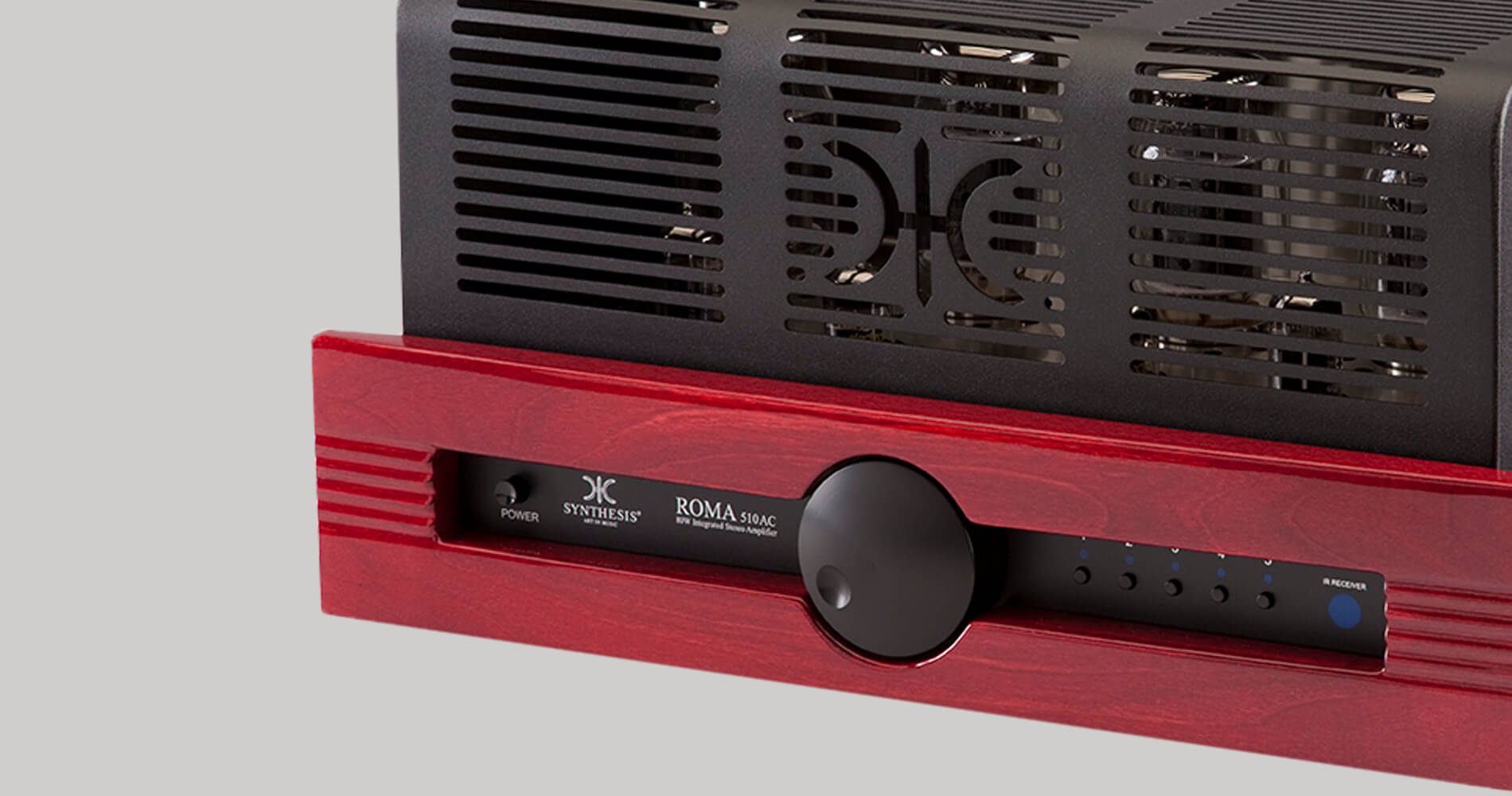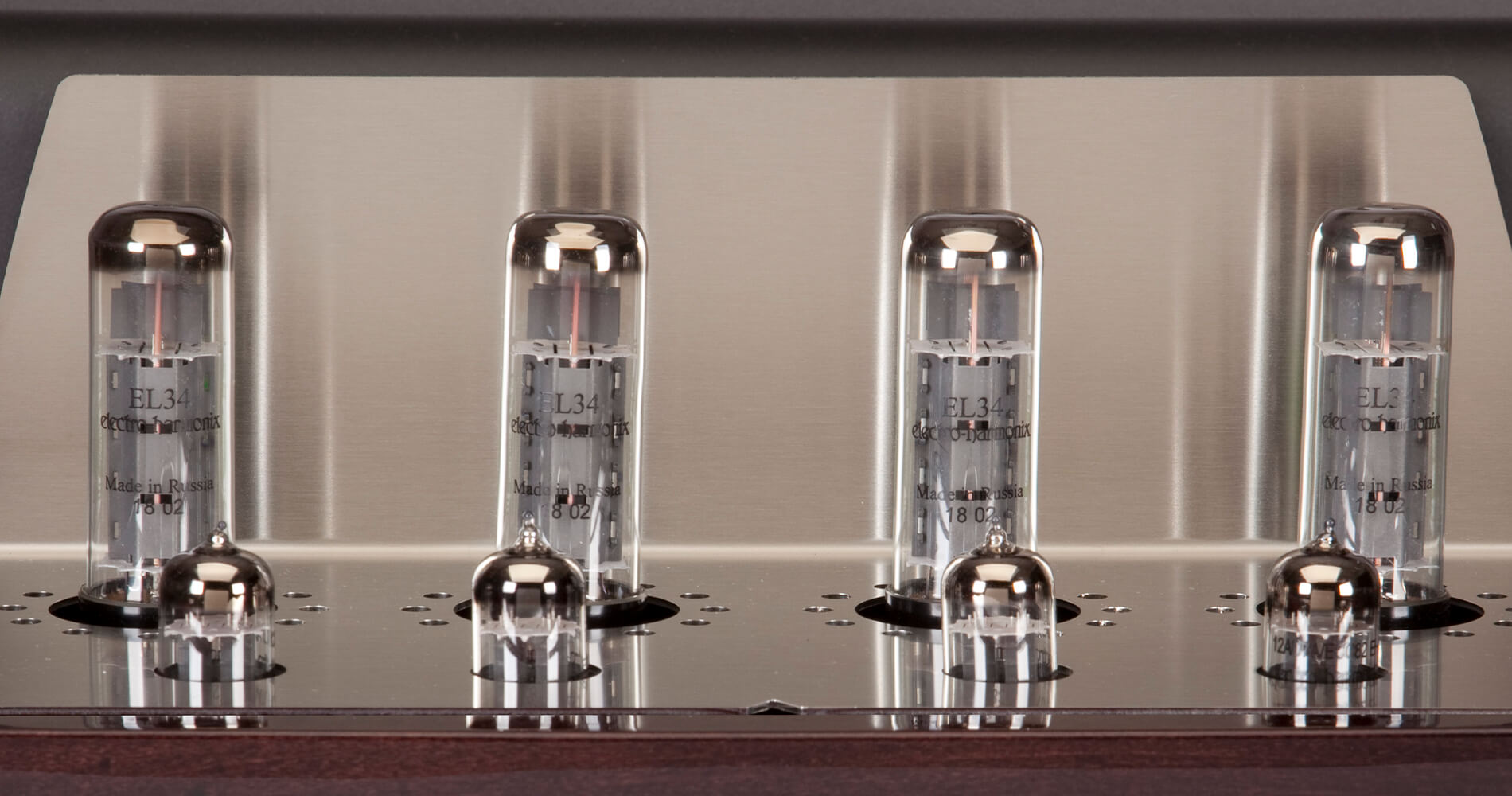Building a hi-fi system that sounds great and works together perfectly is a rewarding - if sometimes challenging - task. When you're talking about the relationship between amplifiers and speakers, there are a variety of factors you need to consider; but when that amplifier is of the pure valve variety, the associated characteristics of the two components need to come into sharper focus.
There are so many benefits to valve amplification, the rich, engaging, life-like sound and timeless aesthetics can make your system look and perform at a whole new level. But in order to ensure you get the most out of both your speakers and your valve amplifier; you need to make sure they will really work together.
If your speakers are miss-matched to your chosen amplifier (or vice-versa), you can easily suffer from poor sound - or even worse, technical faults appearing in both components. Therefore, once you've decided on the speakers and amplifier you'd like to use together, check these key specifications...
The output impedance of your amplifier affects the frequency response of your speakers and defines the amount of control the amplifier has over the motion of the various drivers used in the speaker. Many modern, solid state devices can achieve very low output impedance levels and so are less affected by this specification, but with valve amplifiers, bad impedance matching between an amplifier and speaker can lead to excessive power use and noise or distortion problems. When talking about Impedance, people also tend to use the word "efficiency". The efficiency of a loudspeaker denotes the amount of electrical power that a speaker converts into acoustic power and is often reflected as a percentage.
A valve amplifier is at real risk of internal damage if the minimum impedance of the loudspeaker is too low, as this causes the amplifier to work too hard to achieve "normal" listening volume. Furthermore, to obtain the best sound results with less powerful amplifiers, it is also important that the impedance is as flat as possible (without large fluctuations).
Things to look out for when putting your system together:
Nominal and minimum impedance ratings of the speaker, compared to what your amplifier requires.

The sensitivity rating given on a loudspeakers' specification sheet relates to the Sound Pressure Level (SPL) of the speaker. Sensitivity does not correlate with sound quality; it instead relates to how high the volume of your amplifier needs to be in order to let the speakers work at their best for "normal" listening levels. Sensitivity is measured in decibels per-2.83 Vrms at 1 metre, which effectively shows how loud the speaker will be when you stand 1m away and apply a "standard" electrical signal (often 2.83Vrms).
This measurement is even more important when you're talking about the size of the room you want the sound to fill. In some instances you can pair an amplifier with a speaker that has a slightly less-than-ideal Sensitivity, providing the room is smaller in size - and therefore less power is required. It's also true that if you like to listen to music particularly loud, you should consider an even more efficient speaker for your valve amplifier.
Things to look out for when putting your system together:
Because of the lower power output from Pure Valve amplifiers, a higher sensitivity rating is required of your speakers. Many manufacturers should be able to tell you an ideal sensitivity rating, depending on your room size. As a rule of thumb, we tend to advise that any amplifiers with an output of less than 20W should only be considered for rooms below 20m².

This is a rating defined by the loudspeaker manufacturer, and is typically based on the components found within the loudspeaker box. The chosen combination of cross-over complexity and number of included drivers may dictate that - even though the speaker is efficient and sensitive - the loudspeaker still needs a certain amount of power just to work. So when using Pure Valve amplifiers, whose output power is often less than half that of an equivalent solid-state amplifier, power requirements become more critical when picking your loudspeakers.
Things to look out for when putting your system together:
Because of the lower power output from Pure Valve amplifiers - particularly Single-Ended designs - your chosen loudspeaker could have suitable Impedance and Sensitivity ratings, but the amp can still not deliver the power you require. So you need to compare the power output of the amplifier, with the minimum power required by the loudspeaker.
This is the most subjective but vitally important characteristic you need to focus on. There are countless speakers available on the market that have the technical ability to work with a valve amplifier, but you have to enjoy the sound in order to get the most from your home hi-fi set-up.
Things to look out for when putting your system together:
Look at what the market has to offer, visit a good hi-fi retailer for advice and try out some loudspeakers!